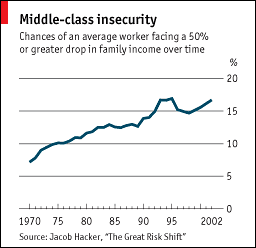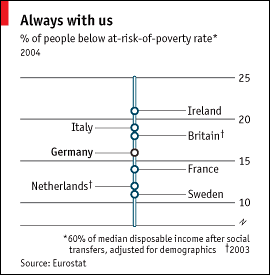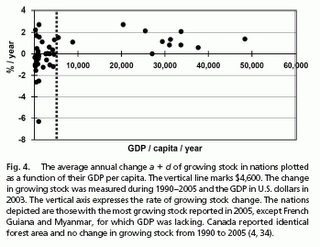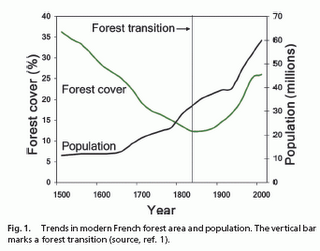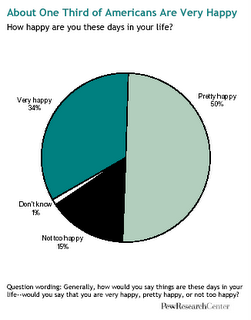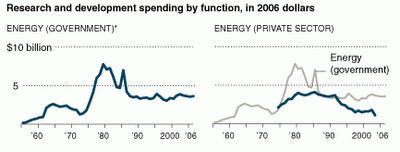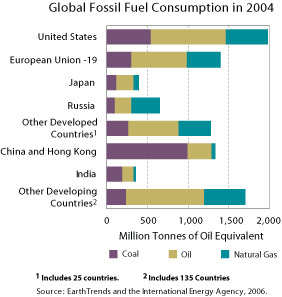 I am reading The Long Tail right now. My previous posts on Time More Valuable Than Money in the Attention Economy, and Productivity in the Digital Economy fit well with the concepts in this book. While it does a good job of looking at the implications of the abundant economy on stores and consumers, it doesn't look at what happens to digital goods producers.
I am reading The Long Tail right now. My previous posts on Time More Valuable Than Money in the Attention Economy, and Productivity in the Digital Economy fit well with the concepts in this book. While it does a good job of looking at the implications of the abundant economy on stores and consumers, it doesn't look at what happens to digital goods producers.
So, I decided to investigate.
On page 121 there is this table of 2004 book sales as reported by Book Industry Study Group.
| Sales Range | Titles | Units |
| 1,000,000 or more | 10 | 17,396,510 |
| 500,000 to 999,999 | 22 | 13,798,299 |
| 250,000 to 499,999 | 64 | 22,252,491 |
| 100,000 to 249,999 | 324 | 46,932,031 |
| 50,000 to 99,999 | 767 | 51,858,835 |
| 5,000 to 49,999 | 23,047 | 280,000,591 |
| 1,000 to 4,999 | 67,008 | 149,093,614 |
| 100 to 999 | 202,938 | 69,548,499 |
| 99 or less | 948,005 | 14,346,417 |
| Total | 1,242,185 | 665,227,287 |
Based on this data, I broke the producers into three groups: rich, full time and amateur, trying to put 33% of total unit sold in each one (the numbers are as close as I could get with the data). The rich are those that sell more than 50,000 units, the full time those over 5,000 and amateur those under 5,000. I assume one title per author and that each book sells for $20 and a 15% commission or $3 per book.
| Sales | Earnings | Titles | % of Titles | Units | % of Units |
| Rich | >50,000 | >$150,000 | 1,187 | 0.10% | 152,238,166 | 23% |
| Full Time | 5,000- 50,000 | $15,000- $150,000 | 23,047 | 1.86% | 280,000,591 | 42% |
| Amateur | <5,000 | <$15,000 | 1,217,951 | 98.05% | 232,988,530 | 35% |
Some observations on the data:
1) Of the 1.2 million titles (authors) only 1,200 of them sold over 50,000 copies and yet that accounted for 23% of the total units sold. This represents one tenth of one percent of all titles. These are the hits, and their authors get rich off of them.
2) If we consider $15,000 to be the minimum amount you need to write full time, then 23,000 people could be employed full time based on their writing salaries. This is a fraction of the total US workforce of 150 million.
3) The final 35% of total units sold was done by 1.2 million people (98% of all writers) all with books that sold less than 5,000 units (vast majority under 100). There is not enough money to support the writing based on these sales, so they must be amateurs who are motivated by something other than money. It is also possible that these are sales from books written long ago, so these people aren't really amateurs but neither are they able to support themselves based on the revenues generated. The long tail is dominated by the books created by these people, so the long tail is really all about the hybrid economy.
It might make more sense to add a part-time category and split it into 4 groups (each with 25% of total book sales). I don't have exact data for this, but I would estimate that the earning ranges would then be >$125,000, $30,000-$125,000, $5,000-$30,000, and <$5,000. The number of titles (authors) in each would be 1,200, 10,000, 33,000 and 1.2 million. Basically there would be a fewer full timers at 10,000 and 33,000 part timers. That is still not very many.
This raises the question of whether it should be a goal to try and create more full time/middle class book writer jobs? Would it make sense to apply some kind of income redistribution from the rich to the part-time/amateur to allow them to support themselves by writing? I could imagine a system where writers join a group that would redistribute money from those that made a hit to those that didn't. Writers would be willing to sign up for this as a form of insurance against writing an unpopular book. Those that did get a hit, would still have enough money to support themselves nicely.
If the rich were to cap their earnings at $150,000, this would leave an extra $279 million on the table. This would allow an additional 9,300 people to earn $30,000 and support themselves just by writing.
Read More...
Summary only...





